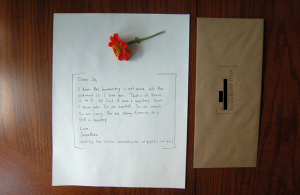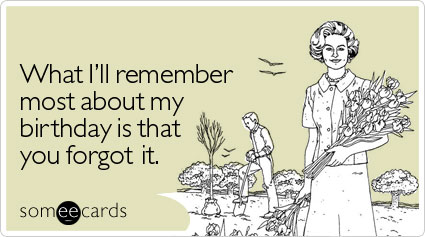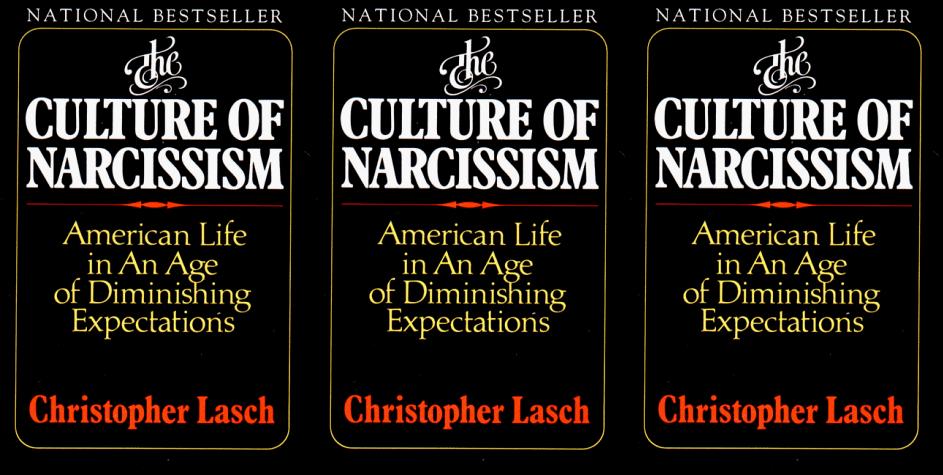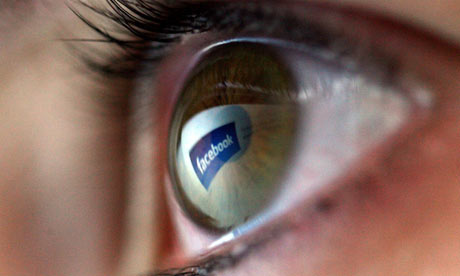A group of volunteers are raising awareness about the lost art of letter writing by handwriting and snail mailing messages that people send them via e-mail. Those who request a snail mail letter can even request that the volunteer letter-writer includes a doodle along with the text. Volunteers and those who utilize the service talk about how hand written letters are more meaningful than messages sent through e-mail. They claim that hand written letters are more personal and represent time, care, and effort.
There are several interesting and related going on here. I will talk about each one in turn: more...










